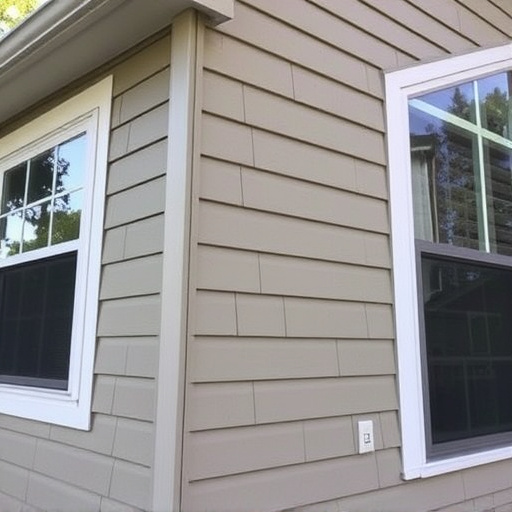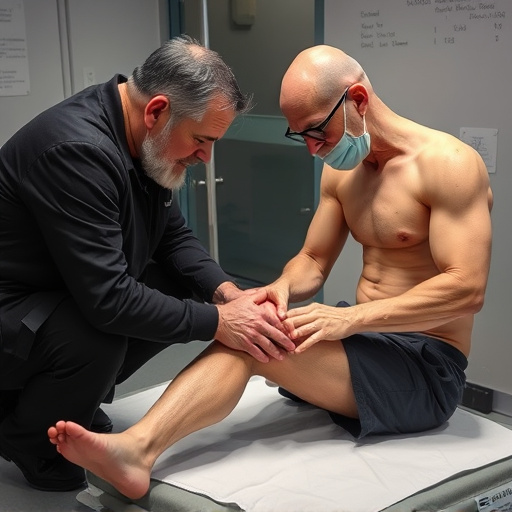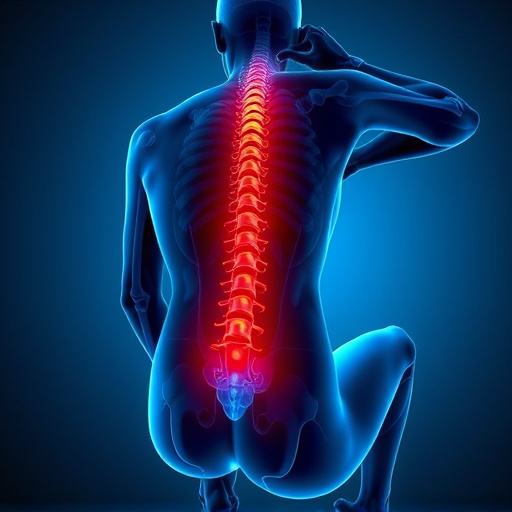Shockwave tendonitis relief is a non-invasive treatment using low-energy sound waves to stimulate healing in chronic tendon inflammation, offering faster recovery compared to traditional methods like physical therapy or injections. It's an effective alternative for persistent pain management, promoting blood flow and tissue repair without surgery or prolonged medication.
“In the quest for effective tendonitis treatment, shockwave therapy has emerged as a promising alternative, offering relief where traditional therapies often fall short. This article delves into the innovative world of shockwave tendonitis relief, exploring its mechanism and comparing it to conventional treatments. We examine how this non-invasive approach challenges long-standing methods, providing a fresh perspective on managing this painful condition. Understanding these options is crucial for athletes and individuals seeking swift and lasting recovery.”
- Understanding Shockwave Tendonitis Relief: A New Approach
- Traditional Therapies: Common Treatments for Tendonitis
- Comparing Effects: Shockwave vs. Conventional Methods
Understanding Shockwave Tendonitis Relief: A New Approach

Shockwave tendonitis relief is a relatively new approach gaining traction in medical circles as an innovative solution for chronic tendon inflammation. Unlike traditional therapies that often rely on medication, rest, and repetitive physical therapy exercises, shockwave treatment employs low-energy sound waves to stimulate healing within the tendon itself. This non-invasive procedure offers a fresh perspective, targeting the root cause of the issue rather than merely managing symptoms.
The process involves directing focused acoustic shockwaves onto the affected area, which helps to promote tissue regeneration and reduce inflammation. This innovative therapy has shown promising results for patients suffering from stubborn tendonitis, providing an alternative to the often lengthy recovery periods associated with chiropractic care or repetitive physical therapy sessions. By harnessing the power of sound, shockwave relief offers a potentially faster and more effective path to recovery for individuals seeking lasting relief from this painful condition.
Traditional Therapies: Common Treatments for Tendonitis

Traditional Therapies offer a range of common treatments for tendonitis that have been relied upon for years. Rest, ice, compression, and elevation (RICE) is often the first line of defense against acute tendonitis, aiming to reduce inflammation and pain. Physical therapy plays a crucial role in injury rehabilitation by focusing on specific exercises designed to strengthen tendons and surrounding muscles, promoting healing and improving flexibility. Additionally, non-steroidal anti-inflammatory drugs (NSAIDs) are frequently prescribed to manage chronic pain associated with tendonitis, reducing inflammation and alleviating discomfort. In some cases, corticosteroid injections may be utilized for severe or persistent tendonitis, offering rapid relief but requiring careful consideration due to potential side effects.
While these traditional methods have their merits, shockwave tendonitis relief has emerged as a promising alternative or adjunct treatment option. This innovative approach uses focused shockwaves to stimulate healing and promote tissue repair, potentially offering long-lasting benefits for patients seeking an effective solution to chronic pain management caused by tendonitis.
Comparing Effects: Shockwave vs. Conventional Methods

When it comes to comparing shockwave tendonitis relief to traditional therapies, several key differences and advantages emerge. Shockwave therapy, a non-invasive treatment option, has gained significant attention for its potential in chronic pain management, particularly targeting soft tissue injuries like tendonitis. Unlike conventional methods that often rely on medication or surgery, shockwaves stimulate the body’s natural healing process by increasing blood flow to the affected area, promoting tissue repair, and reducing inflammation.
In contrast, traditional therapies such as physical therapy, rest, ice, compression, and elevation (RICE), while effective for acute injuries, may not offer the same level of benefit for chronic tendonitis. Non-invasive treatments like shockwave therapy provide an alternative approach, allowing patients to avoid potentially risky surgeries or prolonged reliance on pharmaceuticals. Studies have shown that shockwave treatment can effectively alleviate neck pain and other forms of persistent pain, making it a promising option in the arsenal of chronic pain management strategies.
In comparing shockwave tendonitis relief to traditional therapies, it’s evident that shockwave treatment offers a promising alternative or complement to conventional methods. Studies show its effectiveness in alleviating pain and promoting healing without the side effects often associated with steroids or surgical interventions. As research progresses, shockwave tendonitis relief could revolutionize the way we manage this condition, providing patients with a faster, non-invasive option for improved mobility and quality of life.














